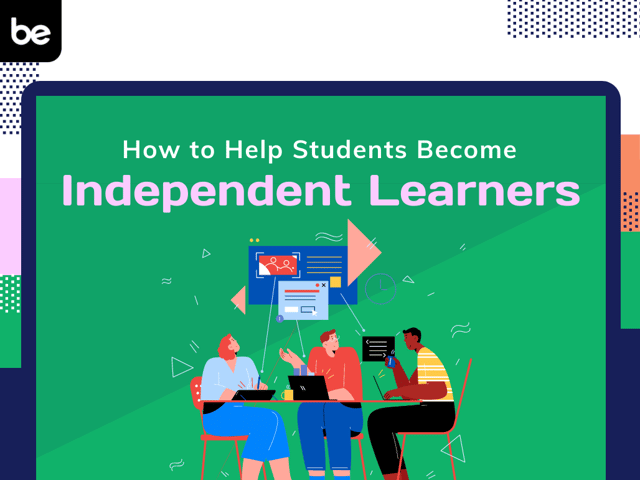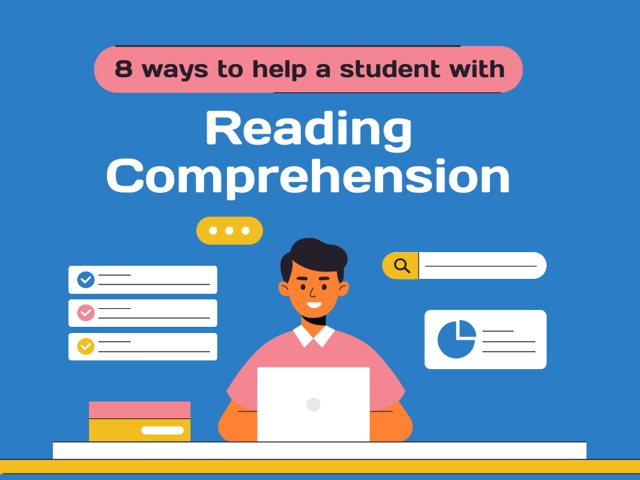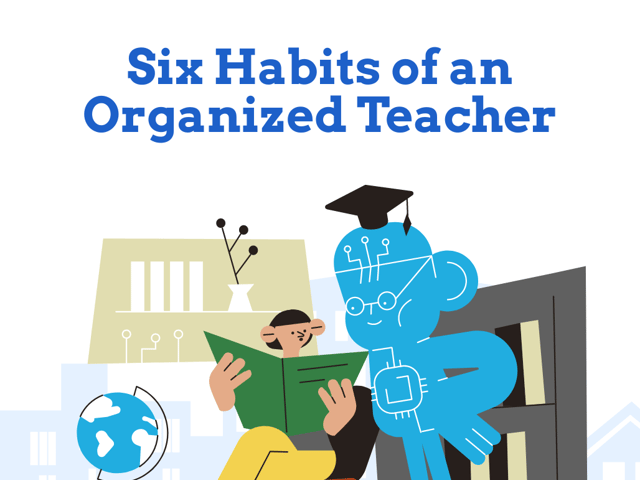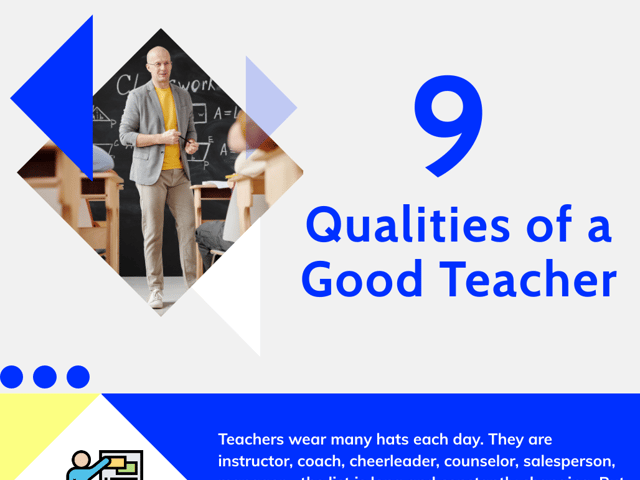
How to Help Students Become Independent Learners
As educators, our number one goal is to help students become independent, lifelong learners. It’s great when they learn the content of our course, even greater when they learn the power of learning and we foster a desire to continue that learning in and out of the classroom.
Why Is This Important?
While we coach and guide them through the curriculum, it is equally (if not more) important to also help students build habits that will help them be independent learners who can advocate for themselves and their educational needs. When students are engaged and involved in their learning more as partners and less as compliant subordinates, they feel a sense of empowerment and begin to take ownership of their learning path, which can lead to a life full of learning. Here are seven tips to help students become independent learners.
1. Establish a Game Plan and Share It with Students
Students need to know the purpose of what they’re doing. “Why are we learning this?” or “Why do I need to know this?” can be popular questions among students who do not yet appreciate or understand the power of learning. When students know the learning objectives, when it is explained to them why they are learning something, why they need to know something, or how it will be used by them later in life, they are more interested in spending their time on it. They begin to understand the value of learning it. Sharing clear learning objectives with students, and checking in on those objectives regularly, helps students validate the reasons behind the learning. Involving students in lesson planning and decision making when possible is another way to ensure they are more engaged in the instruction.
2. Set an End Goal
What’s the end goal? Goal-setting, both short-term and long-term, is a trait common among independent learners. It allows students to call the shots on their own learning. In meeting their goals, there is a sense of satisfaction and pride that keeps students coming back for more. But it is not enough to just set goals and then wait to reach them; goal setting is most beneficial when students are given ample opportunities to reflect on their goals and their progress toward reaching those goals and to reassess where they are and where they want to be with a plan and how to get there. This requires, from the teacher, timely and meaningful feedback that can help students modify and adjust their goals and measure the extent to which they have achieved them. It also means building into classroom routines some reflective time for students.
3. Allow for Independence
We all like to have some sense of choice in life. Giving students choices, whether it’s flexible seating within the classroom or selecting which writing prompt to respond to, allows them to take ownership of their learning and guide it in a way they feel will help them attain their goals. Currently, the concept of Universal Design for Learning (UDL) is a popular framework for engaging students and giving them opportunities to customize their learning through individual choice. Outside of school, they will face a lot of choices they must make independently and they won’t be provided as much support as they likely receive in the classroom, so being comfortable with decision making and considering different options will serve them well as independent people.
4. Scaffold Instruction
“Scaffolding” means filling in any gaps that could block a student’s progress. Scaffold instruction to meet the needs of all students and to aid in the transfer of responsibility from teacher to student. When you hear “My teacher didn’t teach me that last year!”, the responsibility for learning has been placed on the teacher. When you scaffold to enable the student to move forward, they take responsibility and must think for themselves, engaging in problem solving and decision making. Independent learners do this effectively and mindfully, taking responsibility for their own learning.
5. Have Conversations with Students
Discuss learning and learning styles with your students. Talk about how different students learn in different ways and share some of the strategies they use when they tackle challenges in the classroom. While many of them likely can’t tell you if they are visual or kinesthetic learners, they can tell you if they prefer to read a story silently or act it out during class. Helping students understand the kind of learner they are and assisting them in identifying some tips and strategies for how to approach different tasks based on their learning modalities can provide students skills they can apply to assignments in your class and beyond. Everyone wants to “study smarter, not harder,” and that’s going to look different for different students. Once they know what works for them and their learning style, they can start to employ those strategies on their own.
6. Avoid Student Isolation
Independence doesn’t mean isolation. Collaboration with others gives students the opportunity to build and practice communication and cooperation skills that will be critical to navigating successfully through life. Encourage collaboration and discussion among your students. The larger the group, the easier it is to “get lost in the crowd” and sit quietly. But working with a partner or in small groups means the spotlight will shine on each student more brightly and their classmates will expect some level of contribution and interaction. Independent learners rise to the occasion and can participate more comfortably in these group workspaces because they can think for themselves and problem-solve creative solutions rather than waiting for someone else to provide the answer.
7. Be a Model of Lifelong Learning
You can teach an old dog new tricks, and every day presents countless opportunities to learn something new. Share that enthusiasm for learning and growth with your students. Teach them organizational, learning, and planning strategies you use to help them develop strong habits. Incorporating these habits into classroom routines will build a foundation they can use as a basis for better time management, organization, and study skills outside the classroom.
It can be hard to let our students go, and as teachers, we often want to step in more than perhaps we should. But part of the responsibility of educators is to teach students autonomy and independence, as these skills will serve them not only in school but in life. As poet and educator Robert John Meehan noted:
If we are truly effective teachers, then we are creating autonomous, independent, and self-directed learners, not just successful test-takers.
If you have a passion for helping others learn and want to become a teacher, we’d love to help you get there! Check out our free practice tests and other study materials designed for teaching exams like the GACE and CBEST at Union Test Prep.

Keep Reading

Georgia Assessments for the Certification of Educators Blog
How to Help a Student with Reading Comprehension
Many readers take for granted the ability to read and understand a text…

Georgia Assessments for the Certification of Educators Blog
Six Habits of an Organized Teacher
Those who envision education as neat rows of quiet students dutifully w…

Georgia Assessments for the Certification of Educators Blog
Nine Qualities of a Good Teacher
Teachers wear many hats each day. They are instructor, coach, cheerlead…